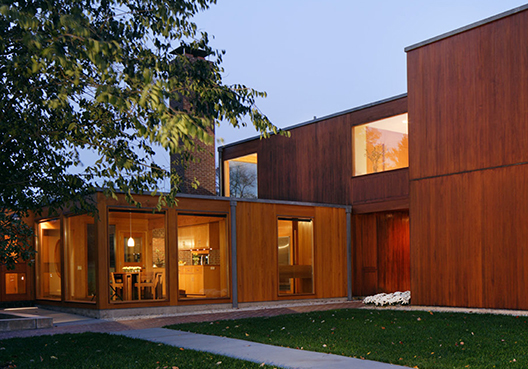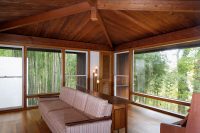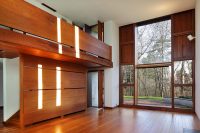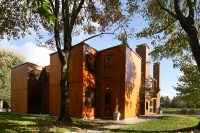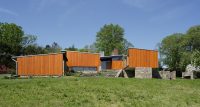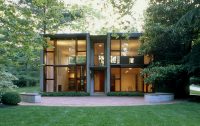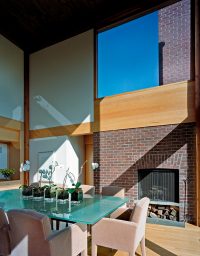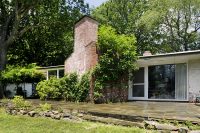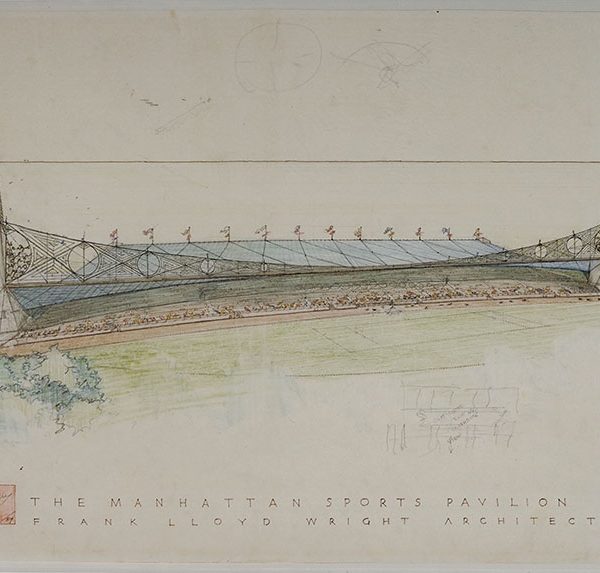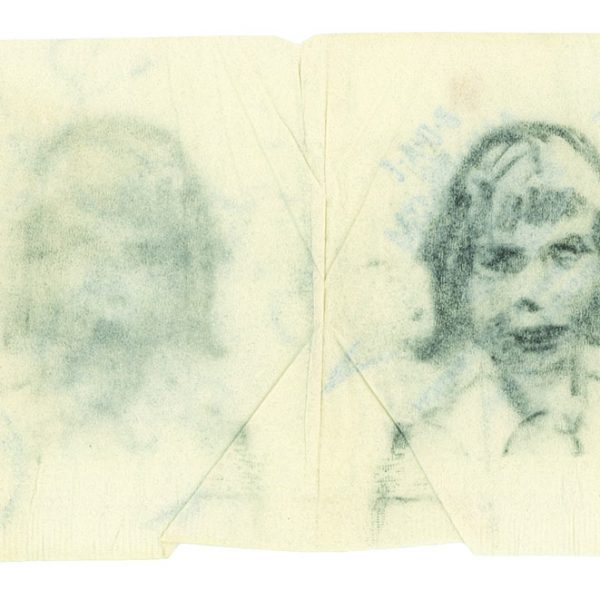The Houses that Louis Kahn Built
 The Houses of Louis Kahn, by George H. Marcus and William Whitaker, a book about which Witold Rybczynski recently wrote “[an] exemplary study… If you thought you knew all there was to know about Kahn, read this splendid book—there is still more to learn about the greatest American architect of the second half of the 20th century,” officially publishes this week. The images and the writing in the book are equally captivating, and we are pleased to share a sample of each today.
The Houses of Louis Kahn, by George H. Marcus and William Whitaker, a book about which Witold Rybczynski recently wrote “[an] exemplary study… If you thought you knew all there was to know about Kahn, read this splendid book—there is still more to learn about the greatest American architect of the second half of the 20th century,” officially publishes this week. The images and the writing in the book are equally captivating, and we are pleased to share a sample of each today.
In the Prologue to the book, Marcus and Whitaker write, “In writing about Kahn’s houses, scholars have relied principally on his poetic statements, such as the one that appeared in his essay ‘Form and Design’ in 1960: ‘Reflect on what characterizes abstractly House, a house, home. House is the abstract characteristic of spaces good to live in. House is the form, in the mind of wonder it should be there without shape or dimension. A house is a conditional interpretation of these spaces. This is design. In my opinion the greatness of the architect depends on his powers of realization of that which is House, rather than his design of a house which is a circumstantial act. Home is the house and the occupants. Home becomes different with each occupant.’ While such statements illuminate Kahn’s perspective and demand serious consideration, they do little to shed light on his concrete experiences in designing houses. They say nothing about how he was inspired by his clients, how he transmuted their aspirations into built form, or how he completed many of his commissions with designs for their interiors and furnishings. Nor do they say anything about his process of invention, which, because of the small scale of these projects, can be followed in vivid detail. In this study, his earliest architectural endeavors have been brought to surprising light, his creative influences revealed, and his youthful method uncovered. This method continued to enrich his vocabulary as his houses evolved, often before these new ideas were explored in his monumental works, and he developed them over a period of more than forty years into one of the most remarkable expressions of the American private house.”
- Bernard and Norma Shapiro House. Living room. Photograph December 2011 by Matt Wargo
- Margaret Esherick House. Living room and balcony. Photograph December 201 by Matt Wargo
- Steven and Toby Korman House. Bedroom wing from south. Photograph November 2011 by Matt Wargo
- Samuel and Ruth Genel House. From east. Photograph May 2011 by Matt Wargo.
- Margaret Esherick House. From southeast. Photograph 2008 by Matt Wargo.
- Steven and Toby Korman House. Dining room. Photograph 2008 by Matt Wargo.
- Philip and Jocelyn Roche House. Chimney and terrace from south. Photograph June 2011 by Matt Wargo.























